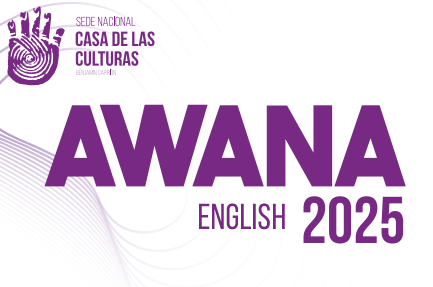
Introduction and Background
Humanity faces a civilizational crisis whose signs are evident. The Covid-19 pandemic has exposed and deepened colonial, racial, and patriarchal violence, the marginalization of large sectors of the population, the exclusion of diversities, and environmental damage.
The violent and arbitrary compartmentalization of reality and knowledge shapes our social, economic, political, and interpersonal interactions, creating fragmented, scattered citizenship with little cohesion. Similarly, the organization and management of state apparatus reflect this fragmentation. Understanding a country's cultures as closed, exclusive, or independent realms exacerbates societal disintegration, and Ecuador is no exception to these affirmations.
It is essential to constantly remember that when referring to cultural expressions, we are not only talking about the work of artists, creators, and content managers but also about the infinite ways in which individuals and communities construct symbols, languages, and narratives to give meaning to their existences and their relationship with nature and the universe.
In this context, it becomes indispensable for public cultural institutions to gain visibility and central participation in both the state agenda and citizen perception, serving as pillars for identity and belonging construction.
While it is crucial to strengthen the creation and circulation of cultural goods and services through artistic formats and spaces such as visual arts, literature, cinema, theater, dance, and museums, it is also crucial that these codes and languages be enriched by knowledge and experiences arising from the social base throughout the Ecuadorian territory, with a broad and comprehensive conception of culture.
The connection of cultural practices with the daily lives of all populations, urban and rural, must be a constant for creating collaborative and community paths between different social sectors, as well as for the exchange of knowledge from different ancestral worldviews spread across Ecuador.
The Casa de la Cultura Ecuatoriana Benjamín Carrión is present in all provinces of the country, historically possessing an almost unlimited potential to assimilate and integrate Ecuador's cultural richness and constant transformations. However, this potential has dissipated in public management processes concentrated in excessively limited geographical and social areas.
This has resulted not only in a profound lack of awareness among Ecuadorian people about their cultural rights but also in ignorance regarding the role of arts and cultures as instruments for understanding their own being and shaping their citizenship in a situated and contextualized manner, responding to their needs, concerns, thoughts, and emotions.
On the other hand, we live in a historical moment where it is imperative for humans to understand themselves as part of an ecosystem in which each component operates symbiotically with others. It is absolutely necessary for art and culture to be indissolubly linked to collective processes and the protection of life, breaking any ideological or aesthetic hegemony, as well as any anthropocentric prejudice. The languages of the arts and the expressions of cultures must be tools for a sustained integration process between humans and the various species inhabiting and coexisting on planet Earth. Humanity is by no means the pinnacle of an evolutionary pyramid but simply a small element within a vast living system.
Despite its national scope, the Casa de la Cultura has exhibited a marked tendency towards systematic incapacity to manage political-cultural transformation processes and the recovery of cultural meaning in harmony with different territories. This may be attributed to various factors.
There is a widespread deficiency in designing and implementing clear guidelines for internal and public management, leading to a state of abandonment, dismantling, and institutional destruction. A visible manifestation of this is the dramatic deterioration and structural damage to its infrastructure and spaces, where significant repositories of cultural assets coexist with disused furniture and other warehouse materials.
Additionally, almost endemically, the Casa de la Cultura has been reduced to a provider of solutions for clientelistic dynamics and bad political practices, which are somehow the result of broader processes related to the world-system we inhabit. These circumstances have pushed human talent into states of reactivity and passivity simultaneously, causing havoc in interpersonal relationships as well as coordination and communication processes.
However, there is a perceived need for change that could be a key factor in redesigning the institution. Finally, there is a stagnant conception of the "XOWXUD" as an aesthetic space closed to a few audiences, places, and tastes that have been legitimized from an occasionally elitist and centralist sphere (Eco, 2006).